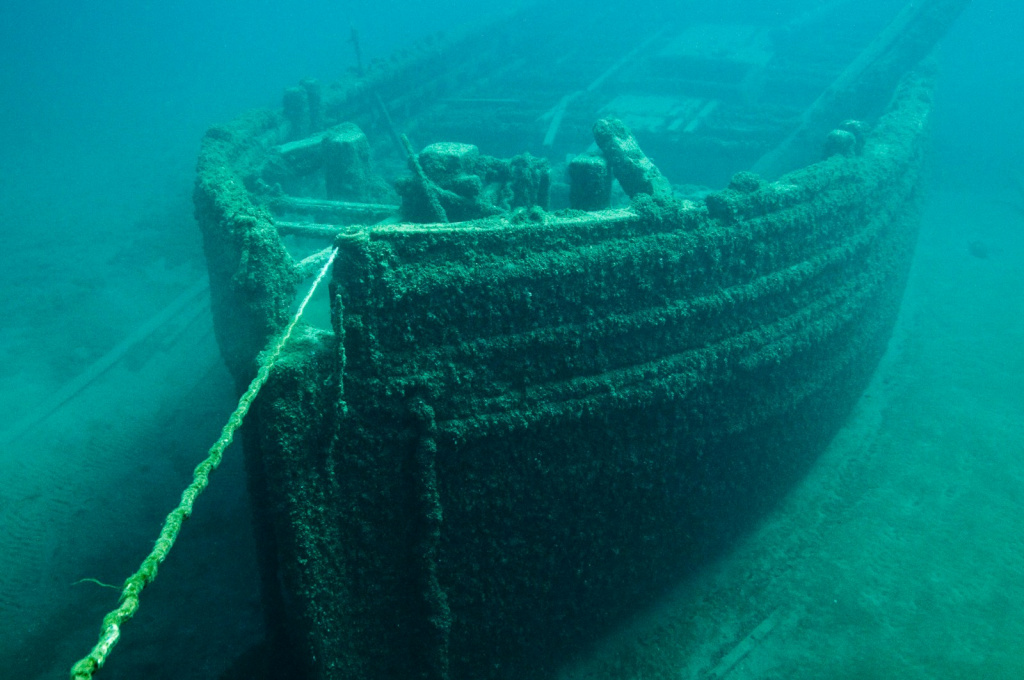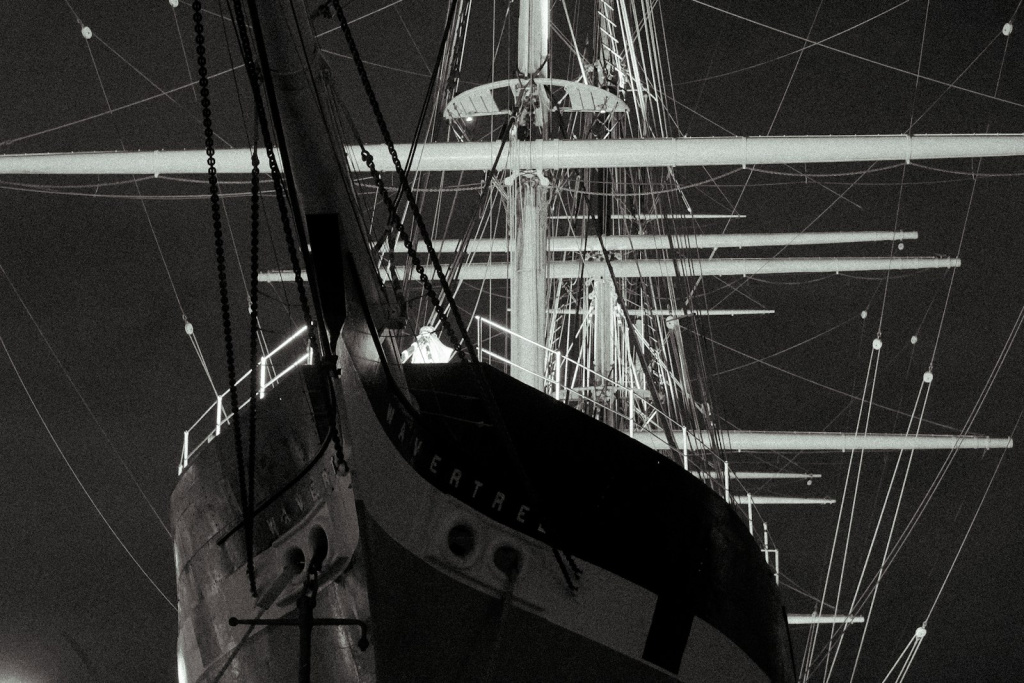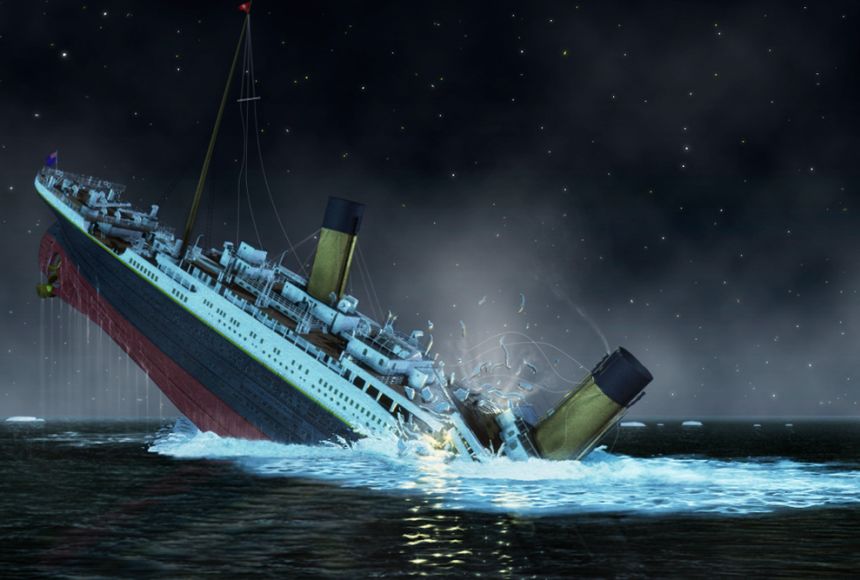Let’s start with the beginning of the Titanic. It wasn’t just any ship; it was a symbol of luxury and technological advancement of its time.

The Titanic was nothing short of an engineering marvel. With a length of 269.1 meters, a width of 28.19 meters, and a gross tonnage of approximately 46,328 tons, it was the largest ship of its time. The construction of the Titanic, undertaken by Harland and Wolff in the city of Belfast, Ireland, faced significant challenges. Can you imagine the manpower and precision required to construct such a colossal structure at the beginning of the 20th century?
On April 10, 1912, the Titanic set sail from Southampton to New York on its maiden voyage. Did you know that as the ship was departing, it nearly collided with another passenger ship, the SS City of New York?
On the fateful night of April 14, 1912, the Titanic struck an iceberg in the North Atlantic Ocean. Isn’t it ironic that a ship touted as “unsinkable” met such a untimely end? Despite having state-of-the-art navigation equipment, the Titanic couldn’t evade the fatal iceberg, which went unnoticed until it was almost upon the ship due to calm and moonless conditions.

When designing the Titanic, every possible scenario to prevent sinking was considered, and precautions were taken against almost all eventualities. For instance, the ship was designed not to sink even if it collided head-on with another ship of the same size. Similarly, it was designed to withstand a direct hit from an iceberg either straight on or from the side. The iceberg struck the ship at the worst possible angle, puncturing six of the compartments at the bottom of the ship and causing it to take on water. If only four of these compartments had been breached, the ship would not have sunk. The probability of an iceberg striking the ship and rupturing five compartments simultaneously was calculated to be 1%, as it required the ship to hit the iceberg at exactly the right angle. If it had struck from another angle, only one or two compartments would have been breached, and the ship would have survived.
New theories regarding the sinking of the Titanic are intriguing and more plausible than previous ones. After the Titanic sank, approximately 700 survivors provided testimonies, first in the United States and then in England. They were asked a total of 50,000 questions, and all answers were documented. Since then, scientists have been studying these testimonies in an attempt to draw conclusions about the sinking of the ship.
On the evening the ship sank, many passengers witnessed two phenomena they had never seen before. Firstly, around midnight, the temperature on the ship suddenly dropped, and secondly, at this time, the stars were brighter and clearer than ever before. Now, one could argue the following about these two phenomena:
The explanation given for the sudden drop in temperature as the ship approached the iceberg is not entirely acceptable. This is because the passengers’ testimonies indicate that the temperature drop was instantaneous. It wasn’t gradual; it dropped by 5-6 degrees suddenly, and this was clearly felt by the passengers. Scientists offer the most plausible explanation for this. According to them, there is a current that originates from Greenland, carrying both icebergs and cold air to the ocean: the Labrador Current. The iceberg that the Titanic struck and ultimately sank from had broken off from Greenland about 300 days prior and had made its way to that exact spot during its months-long journey.
As for the stars in the sky, while it may be attributed to the minimal light pollution in 1912, the reality is not quite so simple. Once again, scientists point to the Labrador Current as the reason.
The reason for the high number of casualties:
The reason for the high loss of life resulting from the sinking of the Titanic is also quite peculiar. In the initial moments when the ship began to sink, many people refused to board the lifeboats. The reason being, they still couldn’t believe the ship was sinking. Many individuals deemed it safer to stay aboard rather than board a tiny lifeboat in the middle of the ocean. After all, they were in the middle of the ocean, surrounded by millions of stars, and they refused to board a small lifeboat. It’s hard to blame them, I suppose. As a result, many lifeboats were only half full and headed out into the open ocean.
As minutes passed, everyone attempted to board the lifeboats, but with the dwindling number of lifeboats, it became increasingly difficult. This also contributed to the increase in casualties.




